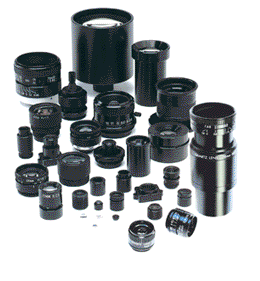High resolution lenses for machine vision — standard and custom lens design
Medical Imaging Technology Portability Aids Efficiency
High Resolution Lenses for machine vision, instrumentation, inspection and vibration-sensitive applications. Standard and custom hi-res lens assemblies.

Medical Imaging
Medical imaging and its industry continues to transform and progress. The biggest and most advantageous change, in some instances is the move away from bulky, immovable and complex medical imaging devices to those that are smaller and more user-friendly; this also makes the devices more accessible to more practitioners and their patients.
Advances made in medical imaging devices also means they are no longer the realm of only large hospitals and institutions, but are more affordable and readily available for smaller physician specialty practices.
Along with portability, advances in the technology mean higher levels of accuracy with the images captured and this leads to better results and outcomes for the patients. The newer medical imaging devices allow physicians to treat patients at more cost effective levels.
From ultrasound imaging to mammography to cardiac use, medical imaging technology that is portable, easier to use and provides clearer images more quickly to help physicians make a diagnosis and begin treatment; all of which benefit the patient.
Digital imaging and electronic health records makes it possible for physicians to share information with specialists and others in their practice as necessary to consult on a patient’s treatment plan. Once digital images are captured, they are sent to a computer where technicians can access and read them if they are off-site of where the digital image is captured. These technologies and devices provide surgeons with real data and that offers them the ability to integrate digital images into intraoperative procedures. This access can enhance surgeon efficiency and reduce surgical time, which benefits both the physician, and the surgical facility itself because this means more patients can be scheduled for surgery on any given day.
Researchers and developers of medical imaging systems note that these systems will continue to get smaller and even more mobile as the technologies continue to be improved upon. It’s thought that even more hand-held devices will be introduced into the market; these devices would be ideal for emergency first responders or for those in remote locations.
Researchers at the University of California, Berkley are currently in the midst of developing a cell phone that may be able to be utilized as a portable medical imaging device.
Universe Optics is a manufacturer of standard and custom lens assemblies for medical imaging and diagnostic cameras, which could easily integrate into the evolving medical imaging technologies.